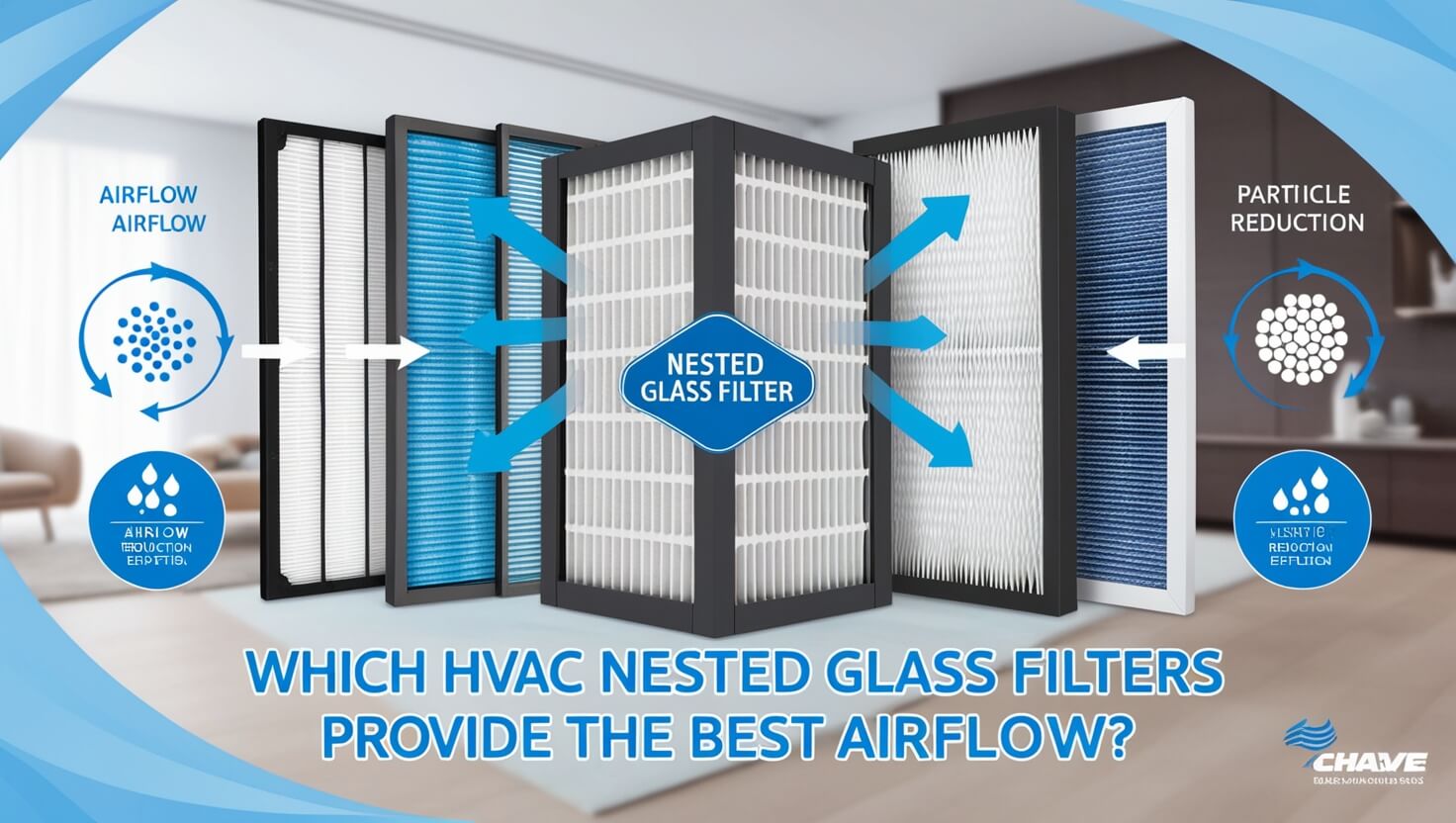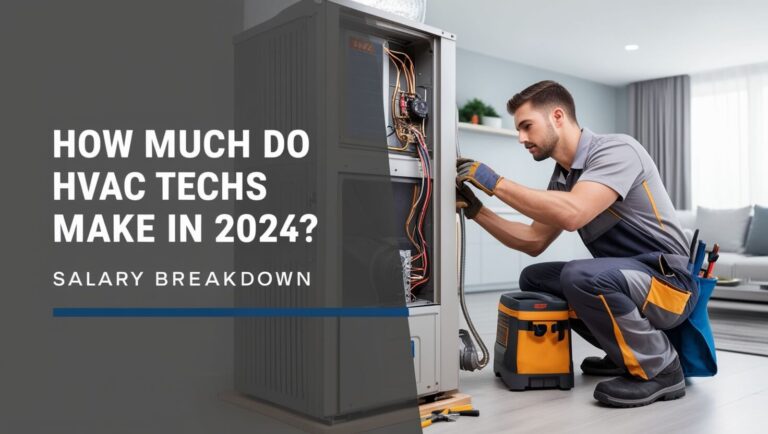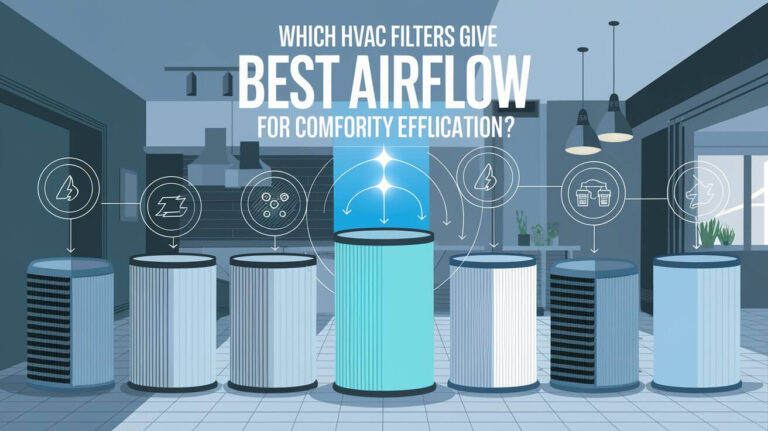Which HVAC Nested Glass Filters Provide the Best Airflow?

Choosing the right air filter for your HVAC system is critical for both air quality and system performance. When it comes to airflow, one filter type that consistently gets attention is nested glass filters, often referred to as fiberglass filters. But do these filters truly provide the best airflow for your HVAC system? In this comprehensive guide, we’ll explore how HVAC nested glass filters impact airflow, compare them to other types of filters, and offer tips on selecting the best filter for your needs.
What Are HVAC Nested Glass Filters?
Nested glass filters, commonly known as fiberglass filters, are made from thin layers of spun glass fibers that are formed into a dense mesh. These filters are designed to capture large airborne particles like dust, pollen, and lint, preventing them from entering your HVAC system. This helps to maintain cleaner air and a more efficient system.
Key Features of Nested Glass Filters
- Material: Made from fiberglass, these filters have a rough, open structure that allows for minimal air resistance.
- Cost: One of the most affordable filter types on the market.
- Efficiency: While effective at capturing larger particles, these filters may not trap finer particles such as pet dander or smoke.
Why Airflow Matters in HVAC Systems
Before diving into which HVAC nested glass filters give the best airflow, it’s important to understand why airflow matters so much in the first place. Proper airflow is essential for:
- Energy Efficiency: When airflow is restricted, the HVAC system works harder to push air through, leading to higher energy consumption.
- Consistent Temperature: Proper airflow ensures even temperature distribution throughout your home, preventing hot or cold spots.
- Prolonging HVAC Lifespan: Reduced airflow increases wear and tear on your system’s components, potentially shortening its lifespan.
- Air Quality: Good airflow helps distribute cleaner air while maintaining comfort.
A well-chosen air filter can optimize airflow, improving both the performance and longevity of your HVAC system.
How Nested Glass Filters Affect Airflow
Nested glass filters are often praised for their ability to allow good airflow through the HVAC system. Here’s why:
- Lower Air Resistance: The open fiberglass structure provides less resistance to air movement compared to more dense filters like pleated or HEPA filters.
- Sufficient Particle Filtration: While these filters may not capture ultra-fine particles, they efficiently remove larger debris, which is sufficient for homes without significant air quality issues.
- Balanced Filtration: These filters strike a balance between airflow and filtration, making them ideal for systems that prioritize airflow over ultra-high filtration.
MERV Ratings and Their Impact on Airflow
MERV (Minimum Efficiency Reporting Value) ratings are used to measure how effectively an air filter removes particles from the air. Filters are rated on a scale from 1 to 16, with higher numbers indicating better filtration but often worse airflow.
- MERV 1-4: Typically includes most nested glass filters. These filters capture larger particles (10 microns and above) but provide the best airflow.
- MERV 5-8: Filters in this range capture smaller particles but may slightly reduce airflow.
- MERV 9-12: These filters improve filtration efficiency but restrict airflow more than lower MERV-rated filters.
- MERV 13-16: Excellent for removing fine particles, but significantly reduce airflow.
For homeowners prioritizing airflow, a filter in the MERV 1-4 range is often the best option. However, if indoor air quality is a concern, you may want to opt for a filter with a slightly higher rating, balancing both filtration and airflow.
Pros and Cons of HVAC Nested Glass Filters
Pros
- Affordability: Fiberglass filters are one of the most economical choices available, making them attractive for budget-conscious homeowners.
- Good Airflow: The open mesh design of these filters allows for minimal restriction of air through the HVAC system.
- Basic Filtration: They effectively capture larger particles like dust and lint, which can help reduce wear and tear on your HVAC system.
Cons
- Low Filtration Efficiency: Nested glass filters are not as efficient at capturing smaller particles, such as allergens, bacteria, or smoke. This makes them less ideal for households with allergies or asthma.
- Short Lifespan: These filters generally need to be replaced every 30 days to maintain their performance, which can become inconvenient and more costly in the long run.
- Not Suitable for Sensitive Environments: If you require high-quality indoor air filtration, such as in medical facilities or homes with individuals who have respiratory issues, these filters may not be sufficient.
Comparing Nested Glass Filters to Other Filter Types
While HVAC nested glass filters provide good airflow, other filter types might be better suited to specific needs. Let’s compare them:
1. Pleated Filters
- Airflow: Pleated filters have a denser material, which can reduce airflow compared to fiberglass filters. However, they are more efficient at filtering out smaller particles like pollen and pet dander.
- Filtration Efficiency: Higher MERV ratings (usually between 8-12) make pleated filters better for homes with allergy sufferers.
- Cost: Pleated filters tend to be more expensive but last longer than fiberglass filters.
- Best For: Homes where indoor air quality is a higher concern than airflow.
2. HEPA Filters
- Airflow: HEPA filters are the gold standard for air filtration, removing over 99.97% of airborne particles. However, they restrict airflow significantly due to their dense structure.
- Filtration Efficiency: Ideal for environments requiring the cleanest air possible, such as hospitals and homes with severe allergies.
- Cost: These filters are much more expensive and often require modifications to standard HVAC systems.
- Best For: Households with serious concerns about allergens, mold, or air pollution.
3. Electrostatic Filters
- Airflow: These filters are designed to trap charged particles using static electricity. While they offer a balance between airflow and filtration, they may not be as effective as pleated or HEPA filters.
- Filtration Efficiency: Good at capturing fine particles and allergens, but airflow may still be compromised depending on the density of the filter.
- Cost: Reusable electrostatic filters are more expensive upfront but can be washed and reused multiple times.
- Best For: Homes that require moderate filtration and want a reusable, environmentally friendly option.
Best Practices for Maintaining HVAC Airflow
To ensure optimal airflow in your HVAC system, here are a few key tips:
1. Regular Filter Changes
The simplest way to maintain airflow is to replace your filters regularly. For fiberglass filters, this is typically every 30 days. Neglecting to replace filters can lead to clogging, reducing airflow and potentially damaging your system.
2. Check for Compatibility
Make sure your filter is the right size and type for your HVAC system. An improperly sized filter can lead to air bypassing the filter or increased resistance, both of which reduce efficiency and airflow.
3. Clean Your Ducts
Even with a good filter, dust and debris can accumulate in your ductwork over time. Periodic duct cleaning can help maintain strong airflow throughout your home.
4. Monitor Your System
Pay attention to signs of airflow issues, such as inconsistent temperatures, frequent cycling of the system, or unusually high energy bills. These could indicate that your filter needs to be changed or that there’s a more significant problem with your HVAC system.
Choosing the Best HVAC Filter for Your Home
When deciding on a filter for your HVAC system, consider these factors:
- Airflow vs. Filtration: If airflow is your top priority, a nested glass filter or low-MERV pleated filter is the best choice. However, if you prioritize air quality, you may need a higher MERV-rated pleated filter or even a HEPA filter.
- Cost and Frequency of Replacement: If you don’t want to replace filters every month, a more durable pleated filter might be a better investment, even though it costs more upfront.
- Special Air Quality Needs: If anyone in your household suffers from allergies or asthma, consider upgrading to a higher-efficiency filter to ensure better air quality, even if it means slightly reduced airflow.
Conclusion
When it comes to maximizing airflow in your HVAC system, nested glass filters are a solid option due to their affordability and minimal resistance to air movement. However, their low filtration efficiency makes them less suitable for homes where air quality is a concern. By balancing airflow, cost, and filtration efficiency, you can find the right filter for your needs and ensure that your HVAC system runs efficiently, providing both comfort and clean air to your home.




